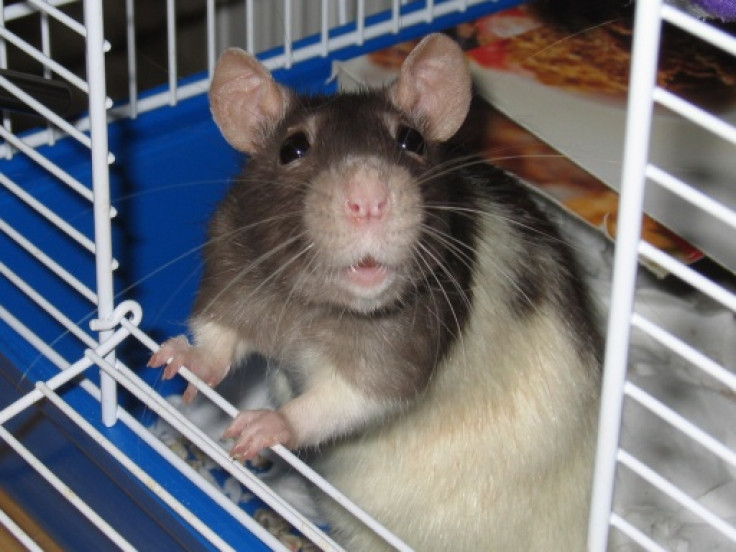Rats like happy faces so smile if you see one

Rats do not like sad faces, actively avoiding images of pained expressions, scientists have discovered.
Satoshi Nakashima, from the NTT Communication Science Laboratories, found that rats avoid images of pain expressions, but not neutral ones – suggesting visual emotional signals are used for communicative purposes.
Published in the journal Royal Society Open Science, Nakashima and colleagues note that the ability to discriminate emotional signals is a crucial skill in social animals. Emotional expressions are considered an innate and universal mechanism.
An example of this is that of fear, with the expression providing the detection of a threatening environment. Previous studies have shown that rodents are capable of showing facial emotional expressions of pain – but whether these are communicative or just a display of emotion was not known.
"The emotional expression of pain might have an adaptive function for both the expresser and receiver, such as emitting a warning signal or promoting carer behaviour from the receiver," the authors wrote. "If the emotional expression of pain has a communicative function, we predicted that rodents would be able to discriminate emotional expressions of pain from neutral expressions."
When rats show pain, they tighten the orbital region of the face, they flatten their ears and their nose and cheeks swell.
The researchers used photographs of pain expressions, trimming them so each was about the same size as the test subjects. By using photographs instead of live rats, they were able to see if it was the visual cue - rather than smells or vocalisations - that the test rats responded to.

They put the rats in cages with three compartments – one with pictures of rats in pain, another with neutral facial expressions and one with no visual information. Some of the images were also airbrushed to examine which parts of the photo are crucial to emotional expression.
Rats spent less time in the room without the pain photographs, suggesting they could read the emotion of the picture.
"We found that rats avoid images of pain expressions of conspecifics but not those of neutral expressions. The results indicate that rats use visual emotional signals from conspecifics to adjust their behaviour in an environment to avoid a potentially dangerous place. Therefore, emotional expression in rodents, rather than just a mere 'expression' of emotional states, might have a communicative function."
Speaking to IBTimes UK, Nakashima said: "I was very pleased to find the evidence but not surprised because I believed that rats have an ability to recognise emotional expression of conspecifics. There had already existed evidences that rodents show emotional expression of pain. These studies, interestingly, demonstrated that humans can code the intensity of pain expression in rodents. I thought that rodents possibly can recognise expression of pain of conspecifics since even humans, an animal of another species, can recognise such expression and its intensity."
Researchers now plan to study whether the ability to recognise emotion expression is innate or learned behaviour. "I think the results indicate that some mammal species share a common mechanism of emotion perception," Nakashima said.
© Copyright IBTimes 2024. All rights reserved.






